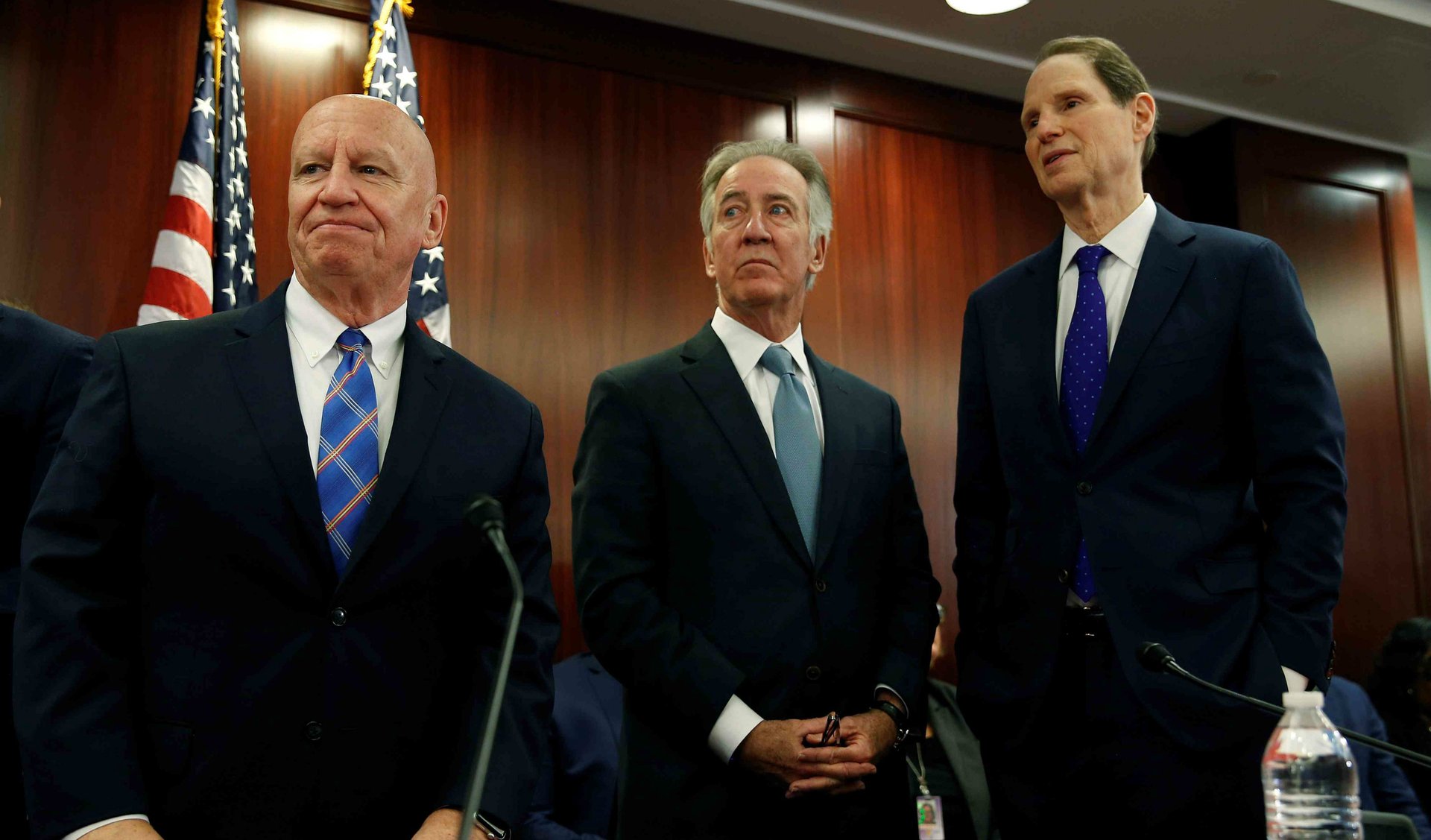The Republicans are about to cut the top US tax rate and it makes no sense
The Republican tax reform bill, which US president Donald Trump is likely to sign into law next week, would lower the federal top marginal tax rate from 39.6% to 37%. Given the current state of the US economy, no part of the bill makes less sense.


The Republican tax reform bill, which US president Donald Trump is likely to sign into law next week, would lower the federal top marginal tax rate from 39.6% to 37%. Given the current state of the US economy, no part of the bill makes less sense.
The 37% rate was a last-minute surprise. In the process of reconciling their bills, the House and Senate ended up “compromising” on a lower rate than either originally passed. The House’s bill did not lower the marginal tax rate at all, and the Senate’s bill only lowered it to 38.5%. No explanation was given for the reduction.
The following table shows the proposed changes to the tax rates for the US’s seven income tax brackets, along with the alterations to where that bracket begins. Under the bill, the rates would revert back to their current numbers in 2025. Although the Republicans hope these rates are maintained beyond that time, they are temporary to make sure the bill does not add more than $1.5 trillion to the national debt.
US income tax rates for 2018, current and proposed
The goal of tax policy should be to raise revenues for the government in a way that is simple, fair, and doesn’t harm the economy. Although the Republicans failed in their goal of making taxes so easy you could file them on a postcard, the process will be simpler for many Americans because the bill doubles the standard deduction, meaning fewer households will have to itemize deductions. Through lowering the corporate tax rate from 35% to 21%, it is possible the reform will decrease the harm taxes do to the economy by increasing corporate investment, though most economists believe it will do little good because corporate profits are already historically high.
In terms of fairness, the reform is almost assured to be a grand failure. Lowering the rates of income taxes on the rich is likely to worsen the rising inequality in the US, while doing almost nothing to improve the US economy. High income tax rates can be bad if they discourage wealthy people from working, and thus decrease the size of the economy. Yet the evidence that the top US income tax rate, which averages 46.3% when state and local taxes are included, is high enough to discourage wealthy people from working is weak.
Research from the International Monetary Fund finds that the US could actually significantly raise income tax rates on the wealthiest people in the country without harming the economy. At the same time, a higher top rate would raise government revenue from the people most able to pay. A provocative analysis (pdf) by a researcher at Uppsala University in Sweden found that the US’s top marginal income tax rate could go as high as 70% with little negative consequences. A rate that high would not be unprecedented in the US. It was at that level in the late 1960s, and economic growth was just fine.
The problem with US taxes is not that income taxes are too high on the rich. The problem is that they are too low. The Republican tax plan will exacerbate this problem, rather than fix it.